Ethiopian Guji Huakui Coffee Bean Flavor Hand Rushed Sun-baked Huakui Coffee Story Features
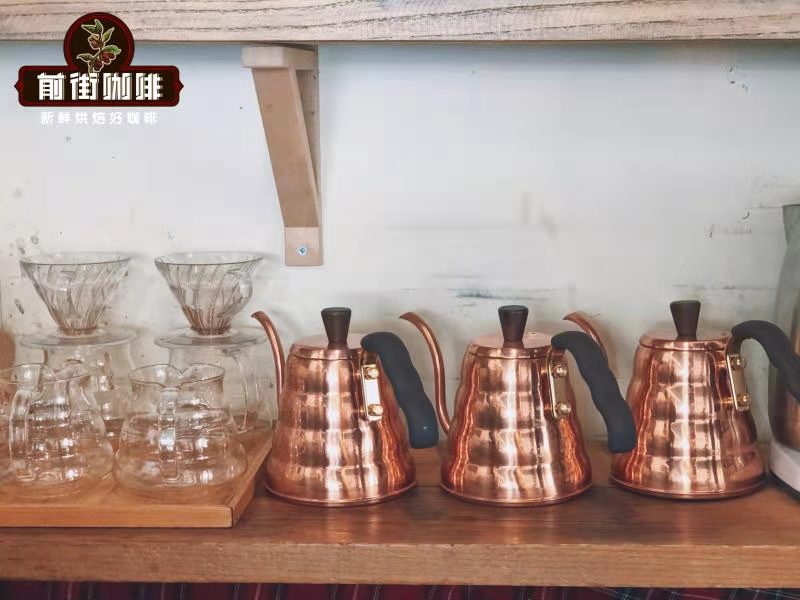
Professional coffee knowledge exchange more coffee bean information please follow the coffee workshop (Wechat official account cafe_style)
According to reason, the flavor of a good coffee must be stable, not one flavor a year. Qianjie has communicated with many friends about why the flavor of this cup of coffee is different from that of previous years, whether the treatment method has changed, or whether it is affected by the natural environment. These environmental factors can change the flavor of a cup of coffee, so, no coffee bean flavor is the same.
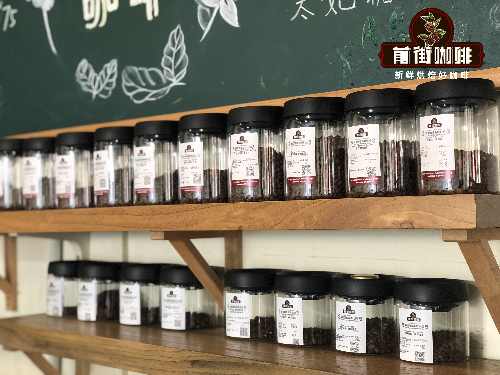
Qianjie takes Huakui coffee beans in recent years as an example. Sakui coffee is widely praised by the public for its obvious strawberry cream flavor, but Qianjie has received letters from many Sakui lovers saying, why is the taste different this year? It doesn't look like Sakuran anymore. In fact, the reason is very simple, and not only because the flavor of Huakui coffee beans changes, but basically most coffee beans fluctuate a little from year to year. Because coffee is also a kind of agricultural product, in the process of planting or conservation, the climate, soil, fertilization and annual rainfall will more or less change the flavor of coffee, because in the natural environment, manpower is very limited, uncertain factors are too many.
So, this is the problem that every boutique coffee shop has to face, that is why Sakuran is not like Sakuran, and that is why Qianjie constantly tests every coffee bean on the shelves, because the cup test is a relatively simple way to detect whether the flavor of a coffee has changed, or whether it is representative enough to become the coffee beans on the Qianjie bean list.
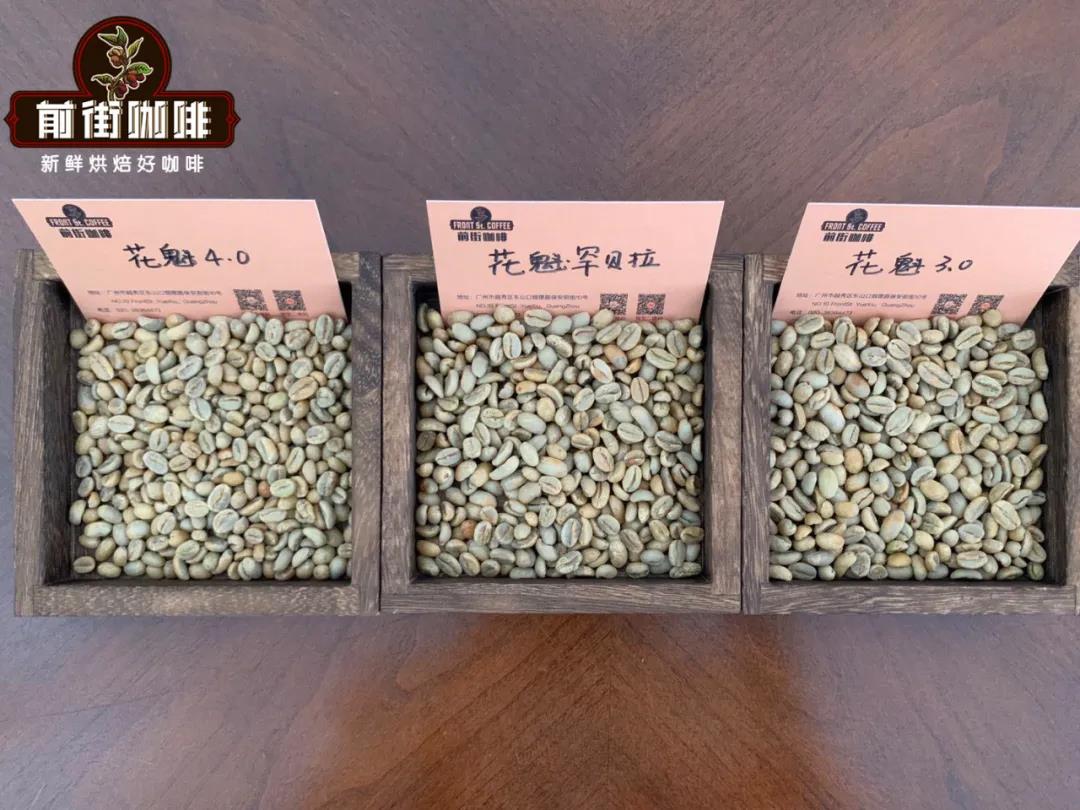
Now, let's follow the front street to learn about the Sakui Coffee from the Sidamo area. The Sidamo producing area is very well-known in Ethiopia and is one of the famous boutique coffee producing areas in Ethiopia. The Yegashifi producing area and the Guji producing area, which we often hear, are independent from the Sidamo producing area because of their unique flavor. It is learned from Qianjie that the common treatment of coffee beans in Sidamo is sun treatment. Qianjie this year's Huakui coffee beans are also treated in the sun. Sun-treated and water-washed coffee beans have their own characteristics. If you like coffee beans that taste clean and sour, you can give priority to water-washed coffee in Africa. For example, the Yega Snow Fei producing area in Ethiopia is often washed, while the Guotingding coffee in the front street is washed, while East African countries like Tanzania have more rainfall all year round. Also more commonly used washing method, such as the front street of Tanzania Kilimanjaro coffee beans, its acid is not as fresh as Kenya, more lemon acid, softer.
For example, if Sidamo uses the old sun treatment, the taste will be more mellow and the acidity will be less bright than the water washing method, not as bright as the lemon mandarin in Yega Sheffield area. on the contrary, it is more appropriate to use berry flavor to describe the acidity of sun beans in Sidamo.
In front of the street, there have been many cup tests on the batch of Huakui coffee. The coffee beans tested in the cup were Sakui G1, Sakui 2.0, Sakui 3.0, Sakui 3.1 and Sakui 4.0. The barista in front street uses the 200ml standard cup to test the bowl. With the standard sieve 20, the grinding degree is 70% Mel 75%, the powder quantity is 11.3 g, and the water temperature is 94 degrees Celsius. First grind and smell the dried incense. Then fill the bowl with water and confirm the wet fragrance. After 4 minutes, the residue was broken and the flavor was identified.
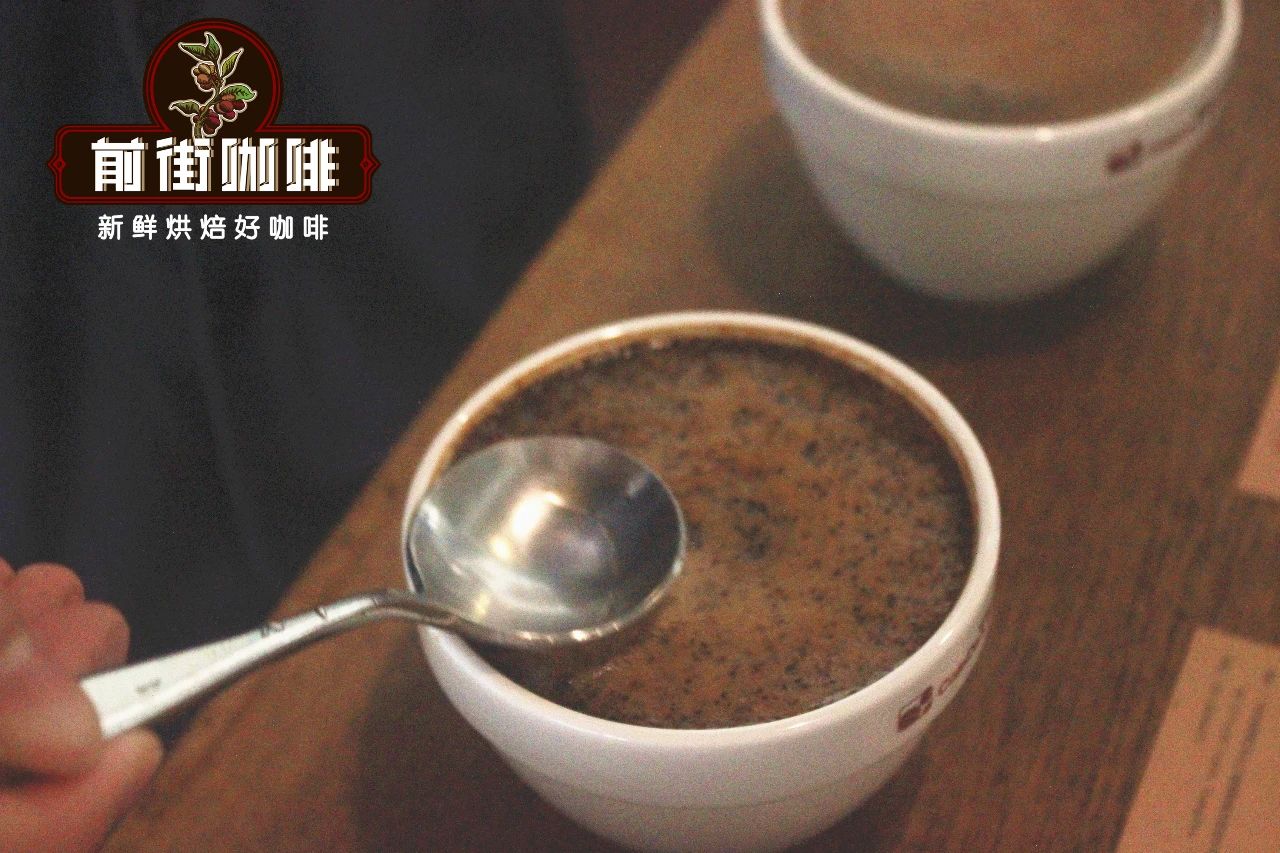
After testing the Qianjie Cup, it is found that the flavor of each Sakuran is a little different, but the main tone is roughly the same. For example, Sakui G1 has a smooth taste, fermented wine, acidity is more inclined to passion fruit, very classic Sakui flavor; if Sakui 2.0, the overall taste is clean, the acidity is more towards berries, a little nutty, rich in layers; Sakui 3.0 has a light strawberry jam flavor, black tea astringency, sweetness is not obvious Huakui 3.1 has a rich flower fragrance, with a creamy, tropical fruit flavor and a caramel finish. Huakui 4.0 words, citrus acid, berry juice full, lemon black tea, sweet and long-lasting.
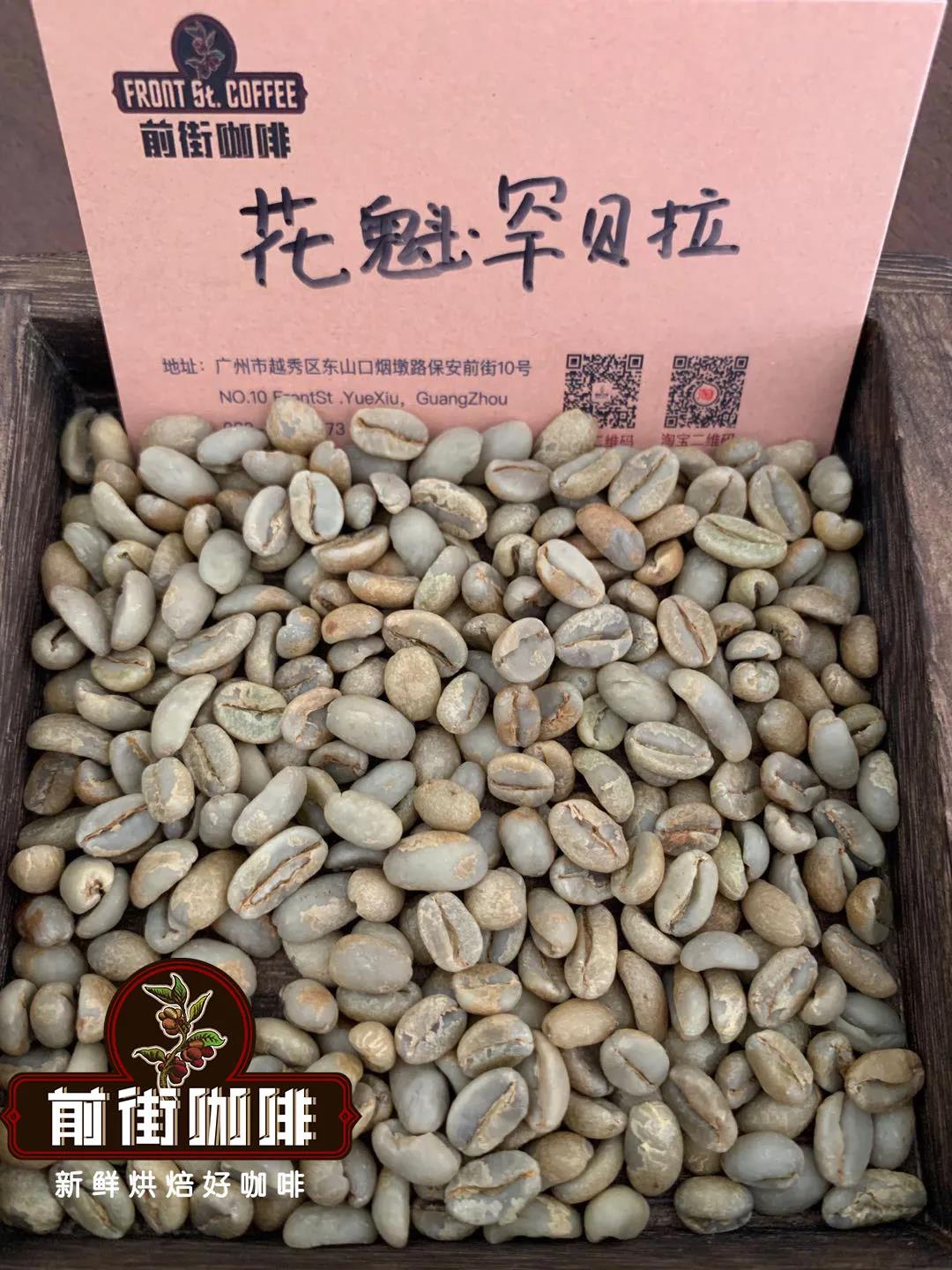
You may wonder why there are so many versions of the same Sakuran coffee. According to Qianjie, because the above batches of Sakuran come from different estates and processing plants, only the sun-tanned coffee from the "Buku Abel" processing plant is called "Sakui Coffee beans", while other processing plants are named Sakui 2.0, Sakui 3.0 and Sakui 3.1. And Sakui's name is Hambella in English and Sakui in Chinese. Because of its rich strawberry cream flavor and expectations for this Sakui coffee, if the processing technology is more elaborate in the future, I hope this Sakui coffee will shine on a par with the dominant Rose Summer Coffee.
When brewing this coffee in Qianjie, in order to fully extract the rich layering of Huakui coffee beans, higher water temperature and finer grindness are used for extraction, but in order to avoid excessive extraction caused by high temperature, faster flow rate filter cups such as V60 filter cups are used. The V60 filter cup is in a 60 °cone shape, and the tapered angle allows the coffee powder to be distributed centrally, and when water is injected, the water can automatically converge to the center of the filter cup to ensure that the contact time between the water and the coffee powder is sufficient, so that the appropriate coffee liquid can be extracted. In addition, the ribs on the inside of the body of the V60 filter cup extend clockwise from the bottom to the top, so that there is enough space between the filter paper and the filter cup, so that the flow of water is good. Coupled with the large holes in the bottom, the flow velocity is relatively faster than that of many filter cups. Qianjie cooking parameters: V60 filter cup, water temperature 90 ℃, ratio of water to powder 1:15, powder quantity 15g, grinding degree (China 20 standard sieve pass rate 80%).
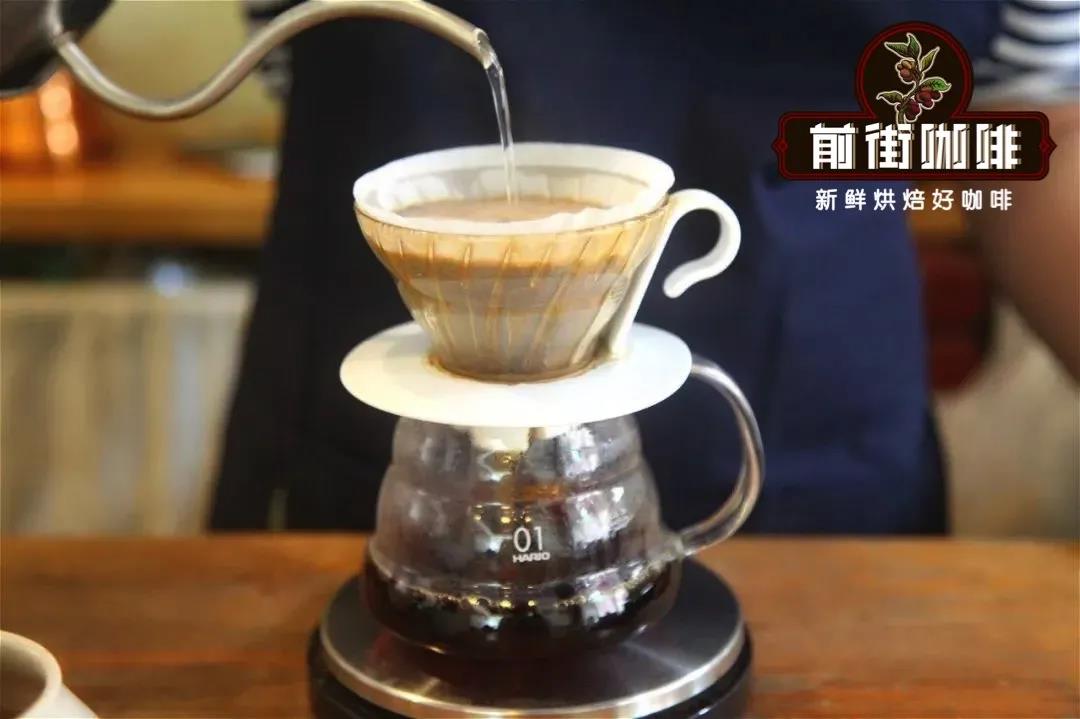
Of course, you can also use other filter cups to brew this Huakui coffee, such as V60 filter cup, trapezoidal filter cup, cake cup. Qianjie used different utensils to brew this coffee before, using the segmented extraction commonly used in Qianjie, the amount of steaming water is twice as much as that of coffee powder, that is, 30 grams of water is steamed for 30 seconds, and a small flow of water is injected around to 125 grams. When the water level is about to be exposed to the powder bed, continue to inject water to 225 grams, and the whole extraction time (including steaming time) is 2 minutes.
If you use a V60 filter cup to brew Huakui coffee, it smells with obvious melon aroma, the entrance has a soft acidity like jackfruit, the berry flavor of middle strawberries emerges, and some sugar is sweet, which is rich in layers. If you use a cake cup to brew Huakui coffee, the taste is smooth, the aroma of fermented berries is prominent, passion fruit, strawberry berries appear sweet and sour when the temperature drops, and the overall flavor is more balanced. While using trapezoidal filter cup, the entrance has passion fruit, strawberry acid, the end appears peach-like sweetness, body is round and full, mellow thickness is relatively high. It seems that the choice of filter cup is still very important for the brewing of a type of coffee, so Qianjie suggests that everyone choose according to their own way.

For more boutique coffee beans, please add private Qianjie coffee on Wechat. WeChat account: kaixinguoguo0925
Important Notice :
前街咖啡 FrontStreet Coffee has moved to new addredd:
FrontStreet Coffee Address: 315,Donghua East Road,GuangZhou
Tel:020 38364473
- Prev

Introduction to the flavor characteristics of Ethiopian coffee Gemma coffee
The Ethiopian coffee producing area is 1400-1800 meters above sea level, and Lim continues to the south to reach the Gemma producing area. This area is the main body of Kafa forest, specializing in commercial beans, the annual export volume of more than 60, 000-80, 000 tons, accounting for 1/3 of Egypt's output, is the largest producing area. Gemma is sun-dried beans, which is very common in China's market, also known as Ethiopian mocha, but the price is Biha.
- Next
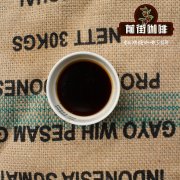
Introduction to the flavor characteristics of Ethiopian lim coffee
Generally speaking, Lim Limu focuses on washed beans, which tastes milder than Sidamo and often feels like sweet lemon sugar. Although it is not as famous as coffee from Sidamo and Yegashev, it also produces beans with many special flavors. Lim coffee beans are mainly produced by local small farmers, but there are also some large state-owned estates in the area.
Related
- Detailed explanation of Jadeite planting Land in Panamanian Jadeite Manor introduction to the grading system of Jadeite competitive bidding, Red bid, Green bid and Rose Summer
- Story of Coffee planting in Brenka region of Costa Rica Stonehenge Manor anaerobic heavy honey treatment of flavor mouth
- What's on the barrel of Blue Mountain Coffee beans?
- Can American coffee also pull flowers? How to use hot American style to pull out a good-looking pattern?
- Can you make a cold extract with coffee beans? What is the right proportion for cold-extracted coffee formula?
- Indonesian PWN Gold Mandrine Coffee Origin Features Flavor How to Chong? Mandolin coffee is American.
- A brief introduction to the flavor characteristics of Brazilian yellow bourbon coffee beans
- What is the effect of different water quality on the flavor of cold-extracted coffee? What kind of water is best for brewing coffee?
- Why do you think of Rose Summer whenever you mention Panamanian coffee?
- Introduction to the characteristics of authentic blue mountain coffee bean producing areas? What is the CIB Coffee Authority in Jamaica?

